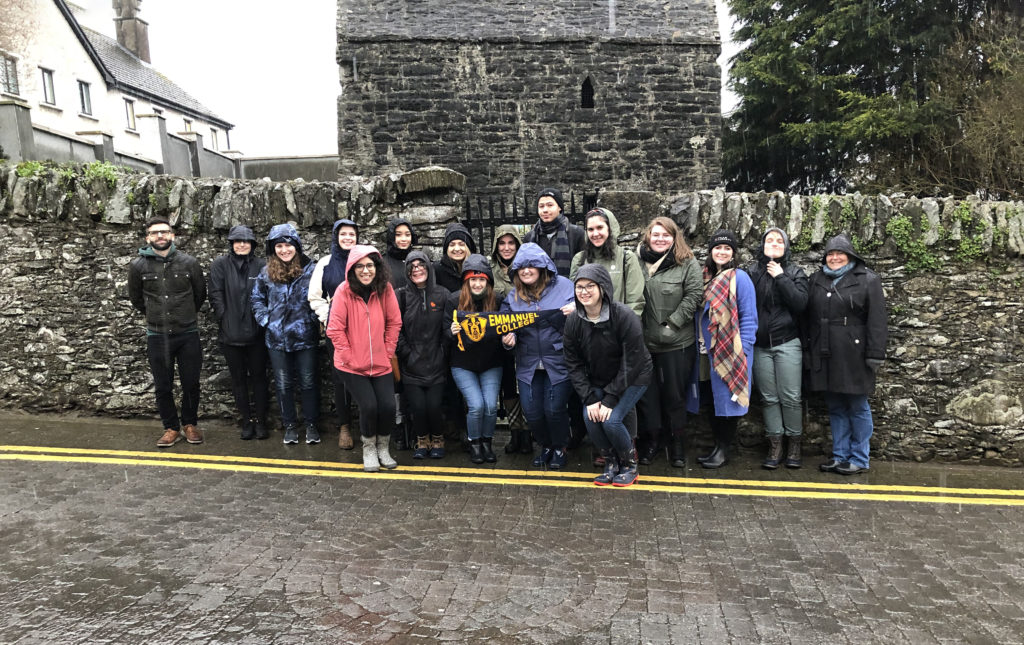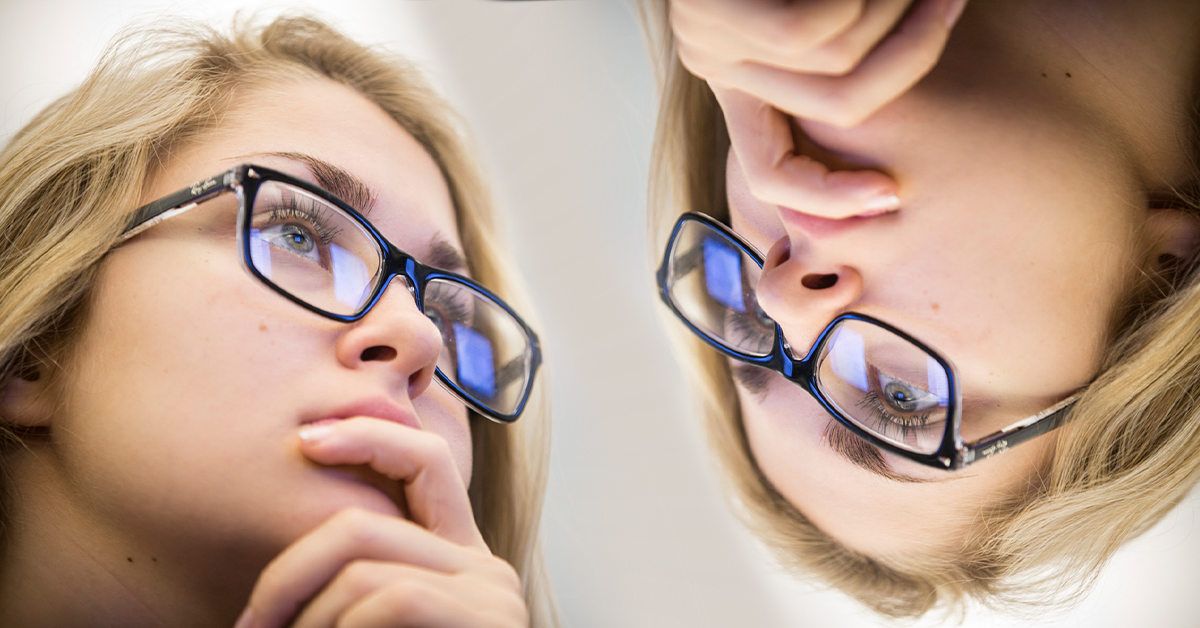Teaching through Travel: How Short, Immersive Experiences Abroad Enhance Classroom Learning
It’s difficult to argue the benefits of study abroad for college students—cultural immersion, language skills, new friends and professional connections, personal development and, for some, graduate school and career opportunities. But many students are unable to dedicate an entire semester to traditional international travel, due to financial constraints or an already rigorous course load.
Since 2014, I have had the privilege of teaching an immersive travel course, “Irish Art in Ireland,” which examines the history of Irish art from its prehistoric roots to the present and allows students to dive deeper into their academic pursuits. We place emphasis on the “golden age of Irish art” during the medieval period, the influence of English art during the Protestant Ascendancy, and efforts by Irish artists to create works of art related to national identity beginning in the late 18th century and continuing to the present.

For much of the semester, this exploration takes place in the classroom.
However, during spring break, we travel as a group for 10 days, taking in the sights, sounds and art of this incredible country. Touring cities and villages such as Dublin, Kells, Cork, Kilkenny and more, students have the opportunity to experience first-hand the works studied in class. Even beyond the work on display in galleries, students experience Irish culture—and its influence on art, past and present—in all of its manifestations, from its traditional music and food to its rolling green hills, centuries of architecture and the street art that fills the streets of Dublin.
The historical timespan of what students can take in when traveling abroad is vast. In Ireland, students not only experience exhibitions by contemporary artists at galleries, but churches from the early 1900s, 9th-century manuscripts and a prehistoric burial ground dating to 3000 BCE.
Cynthia Fowler, Professor of Art
We are truly citizens of a global society, and the connections students make when traveling abroad are of mutual benefit to all of us. Throughout the most recent trip, we were guided by Mark Doyle, a Ph.D. candidate at University College, Dublin. A native of Kilkenny, Mark is currently studying sociology with a focus on constructions of Irish masculinity. Mark’s insider perspective on Ireland in the 21st century was much appreciated by everyone in the group. The College has invited to him to Emmanuel in the fall to give a lecture on his research.

Likewise, while in Kells, we shared a wonderful afternoon with Irish artist Beth Newman Maguire. Beth was an artist-in-residence at Emmanuel in summer 2016, and she graciously opened her home and studio to students and took us to a sacred well that was walking distance from her house.
For each and every trip, I think we all leave Ireland with a much greater appreciation for Irish culture both past and present.




 About Insights
About Insights
 About Emmanuel
About Emmanuel